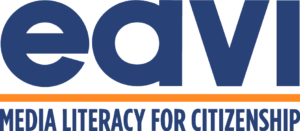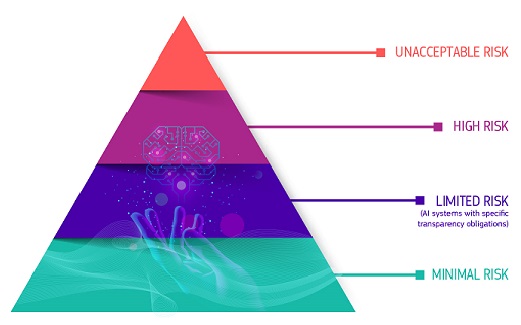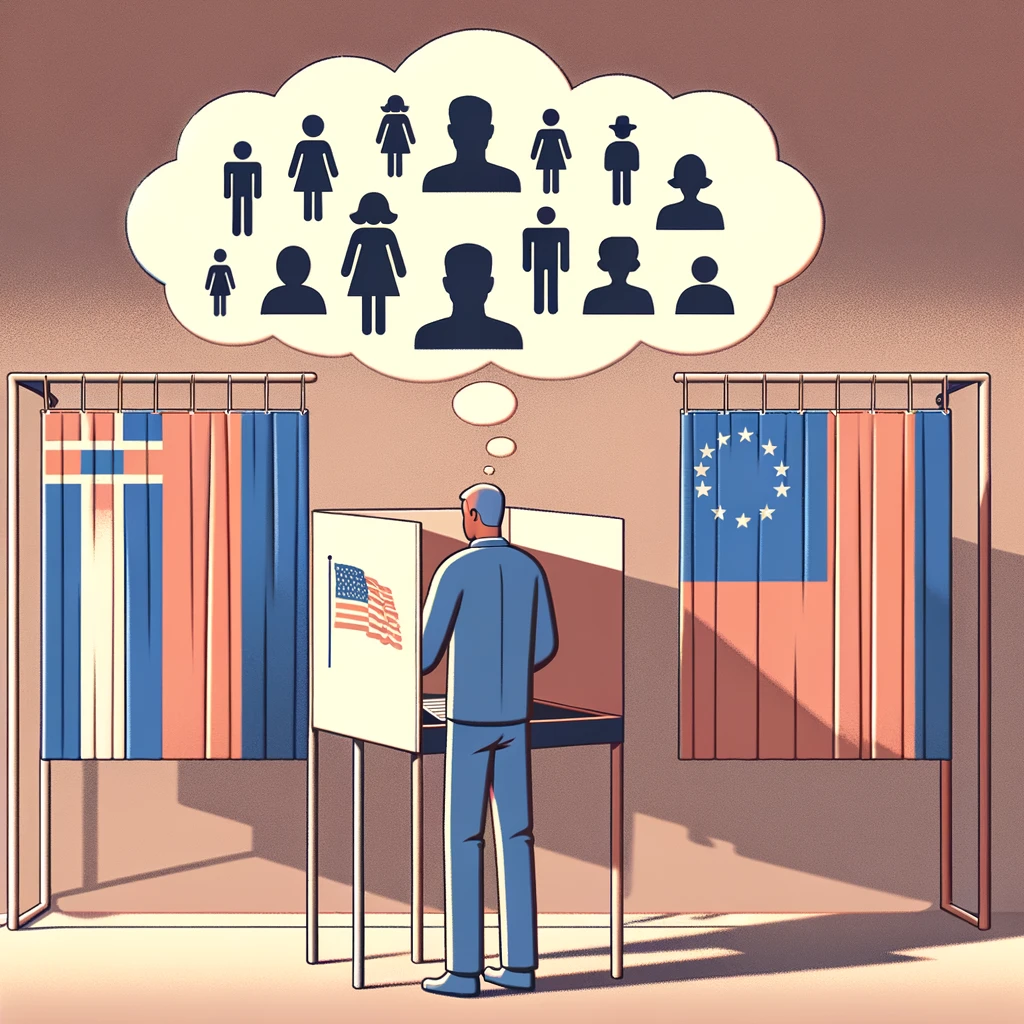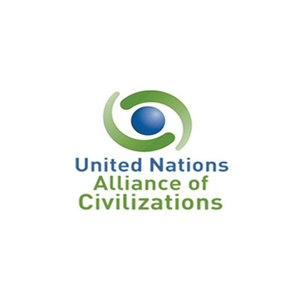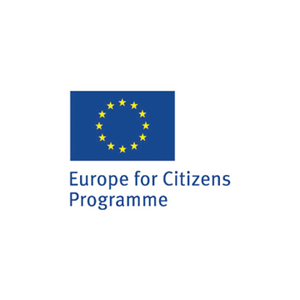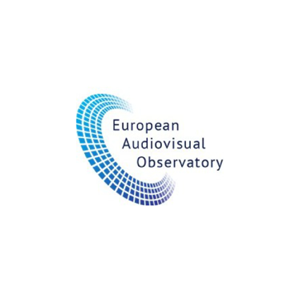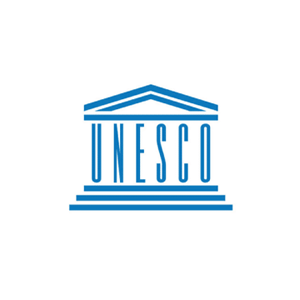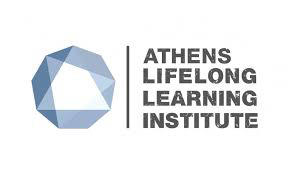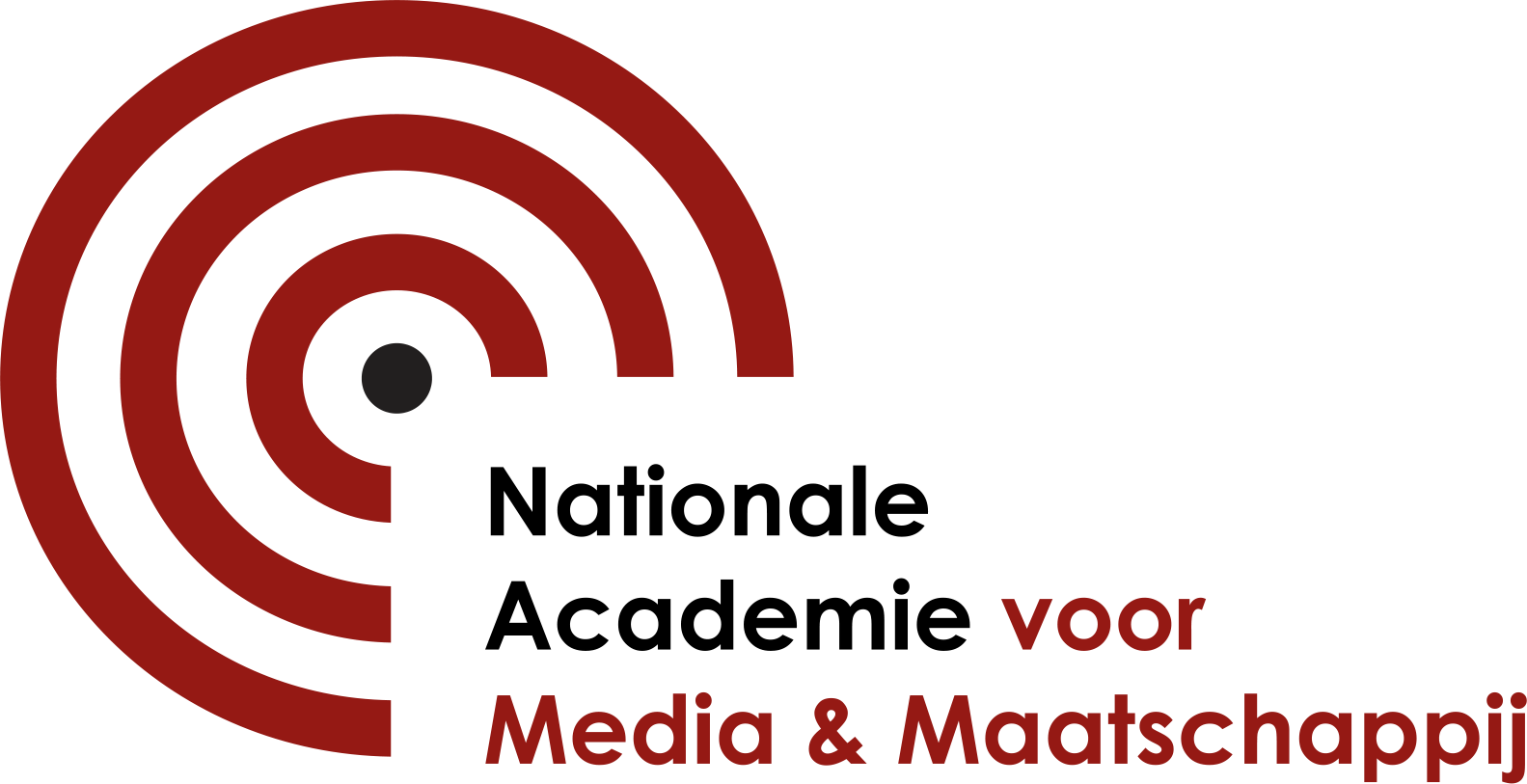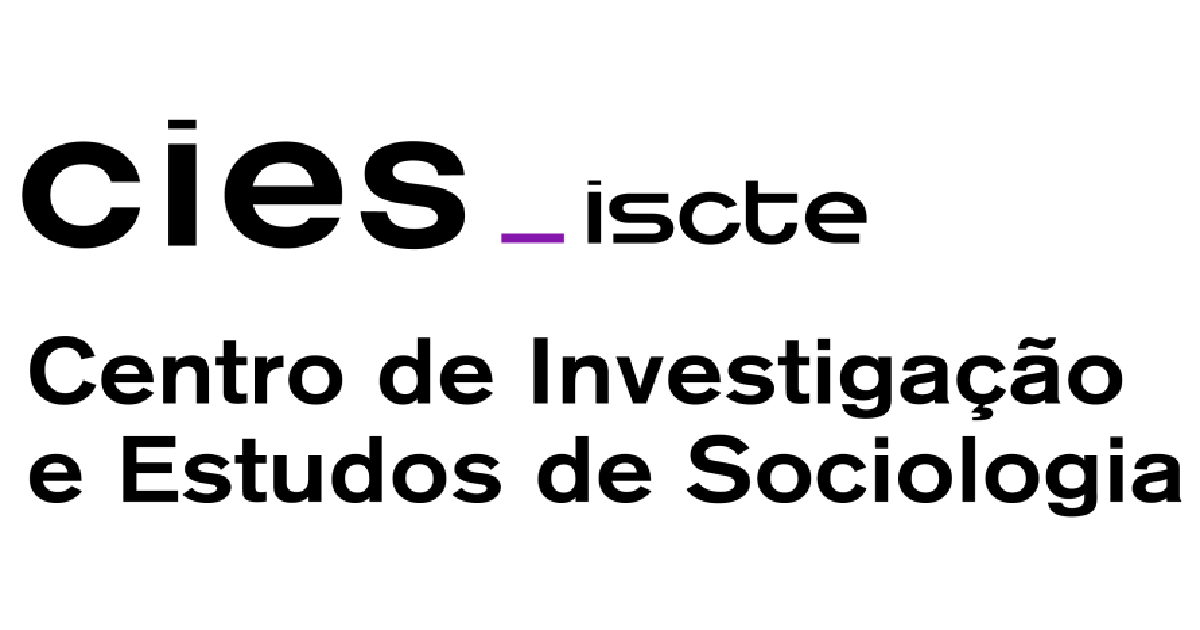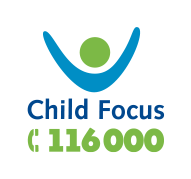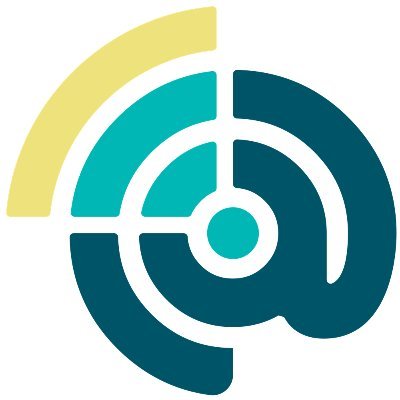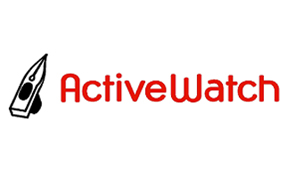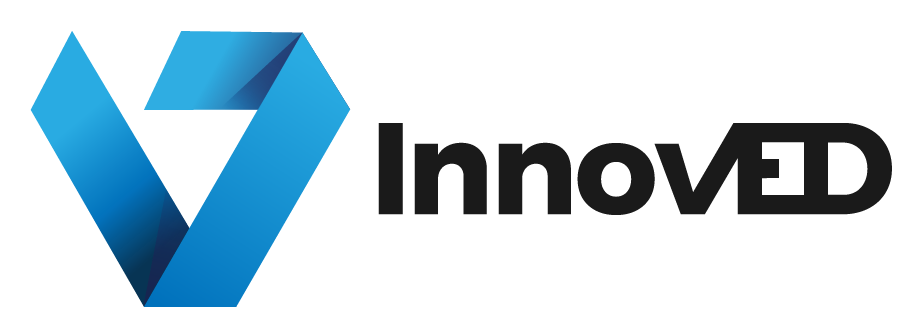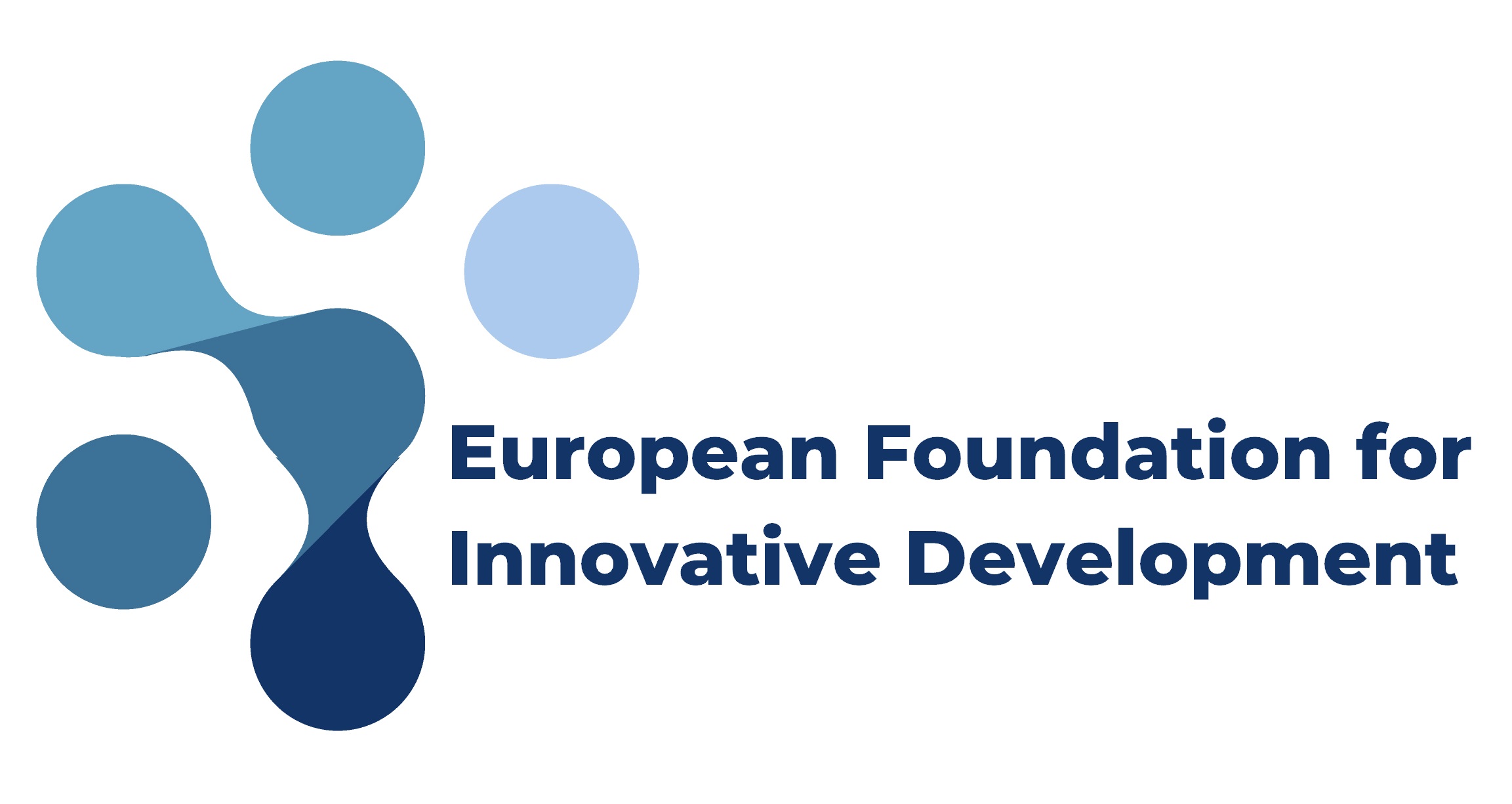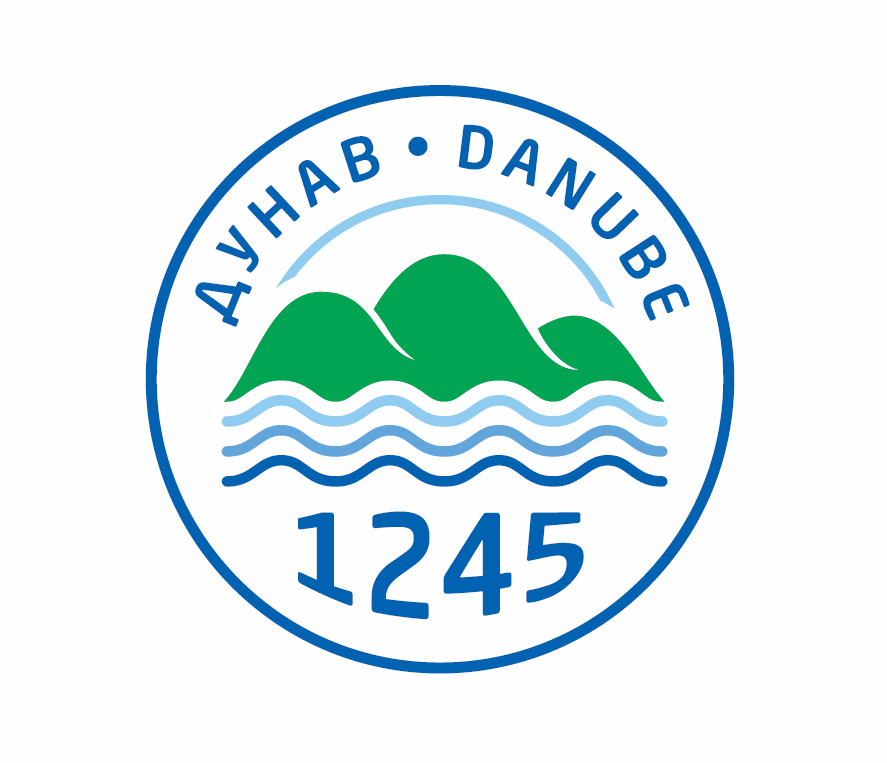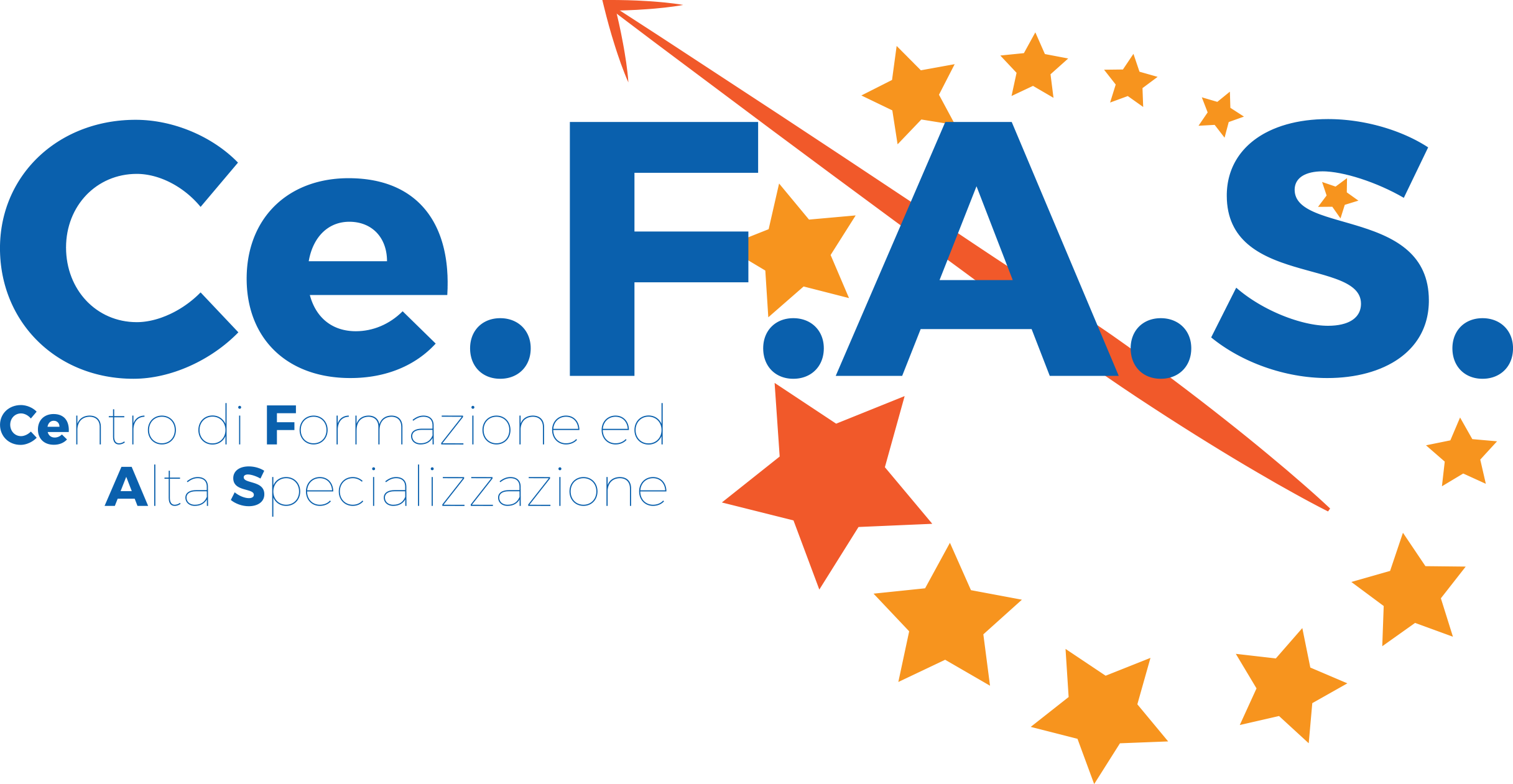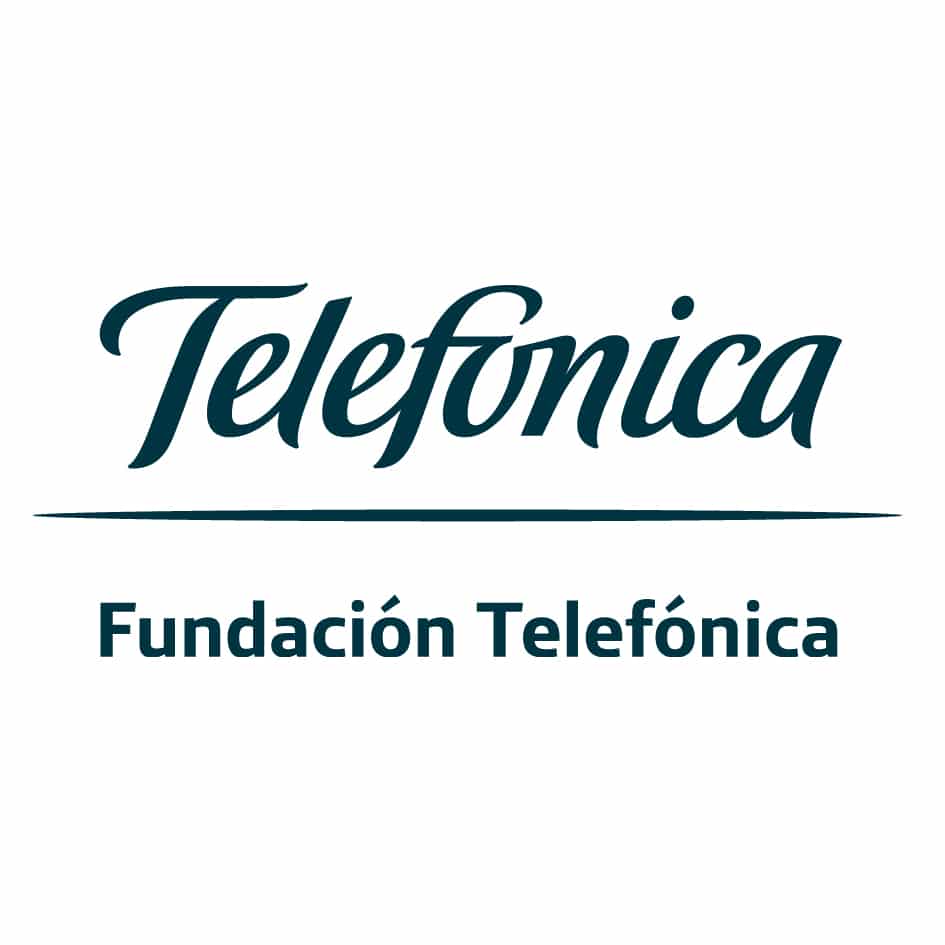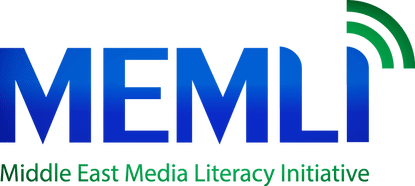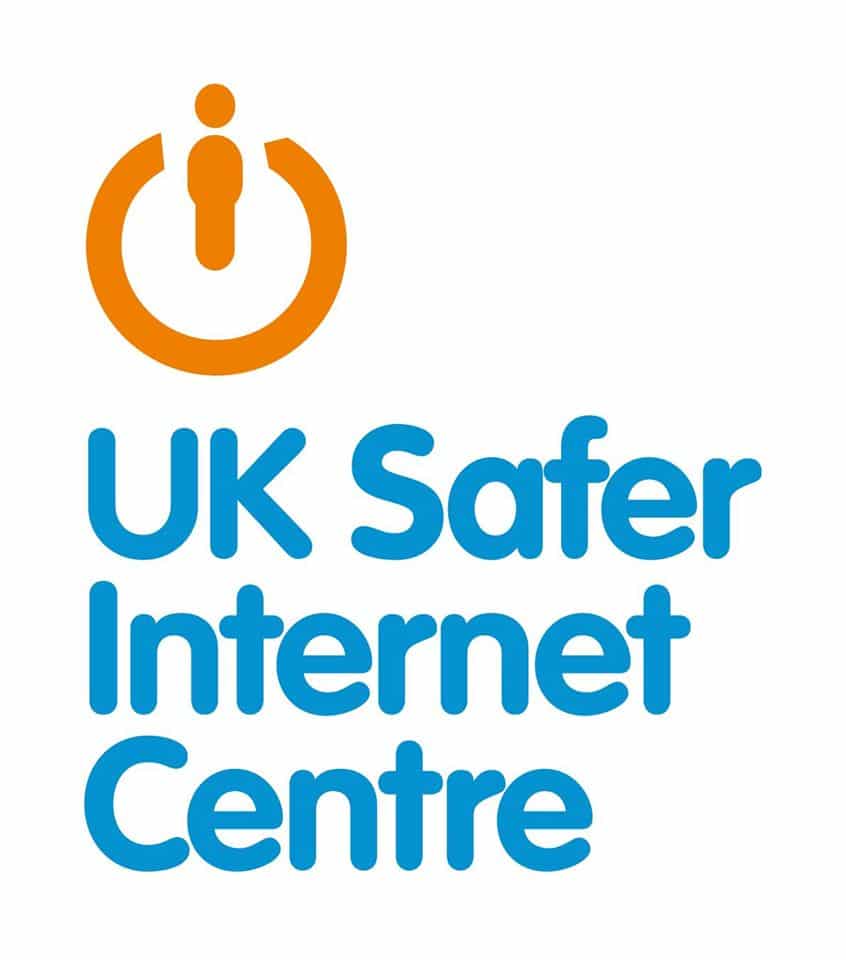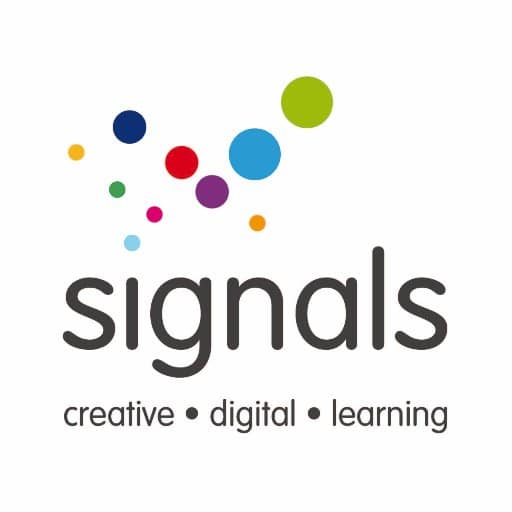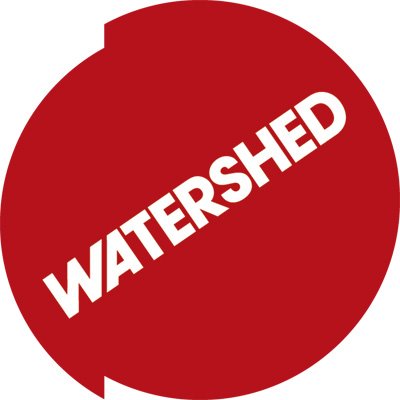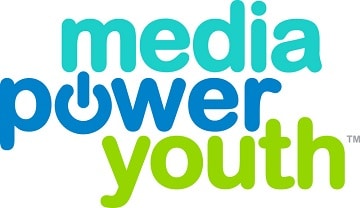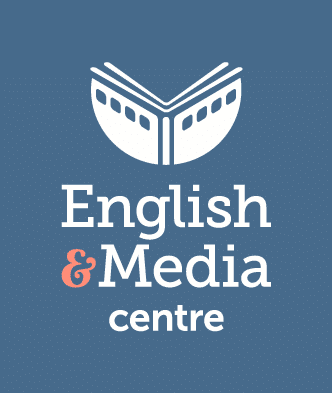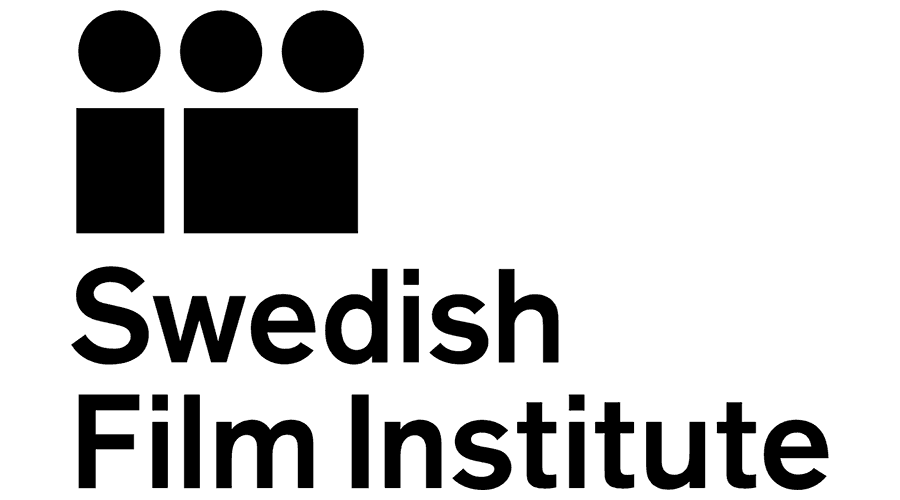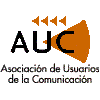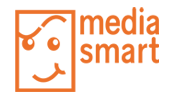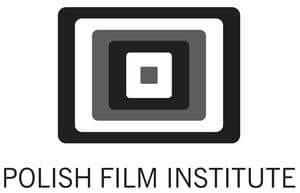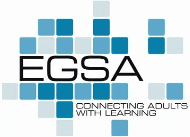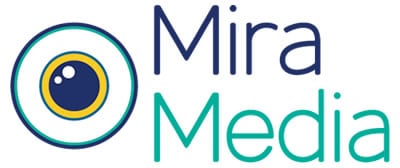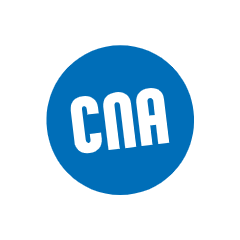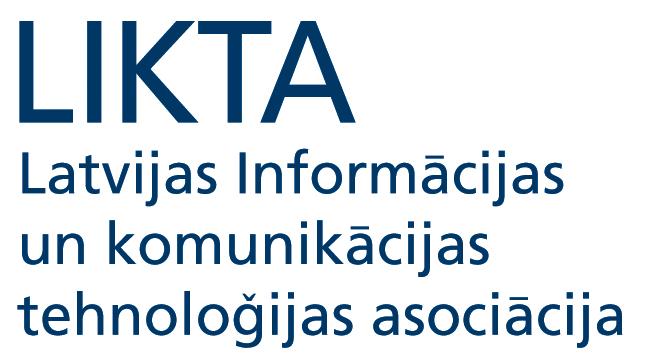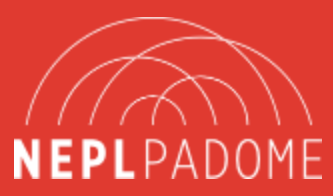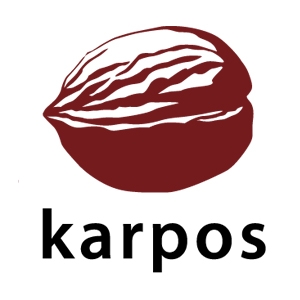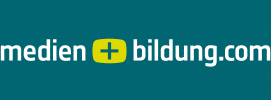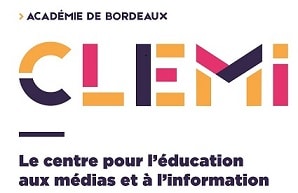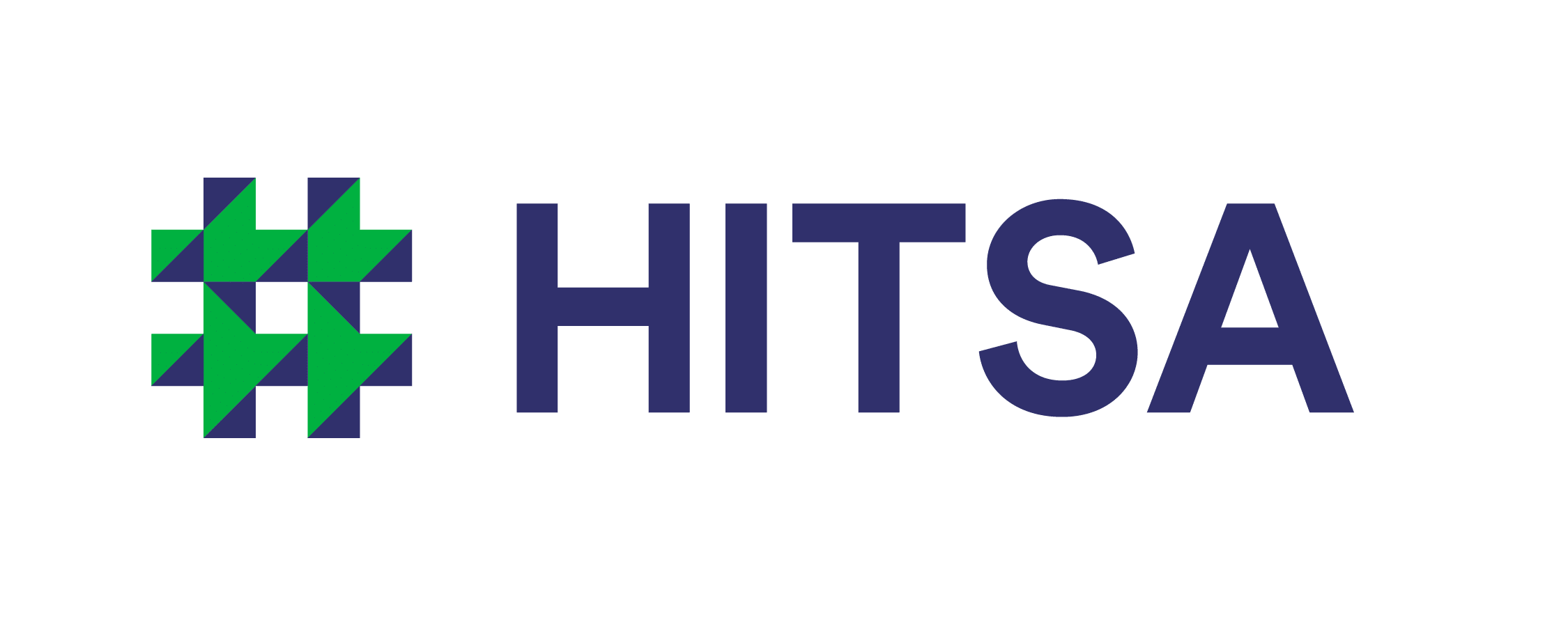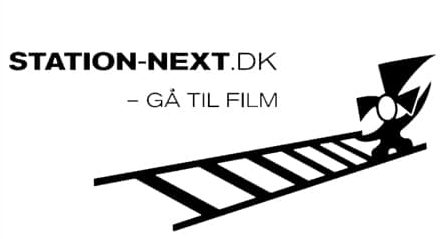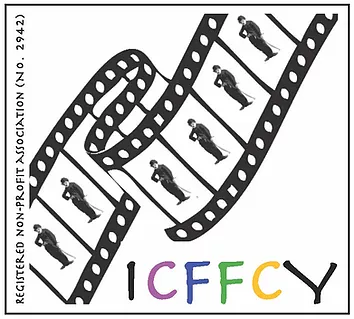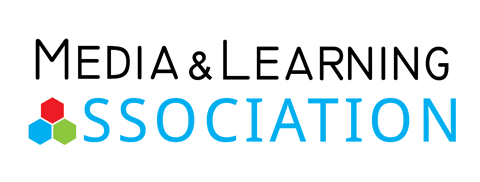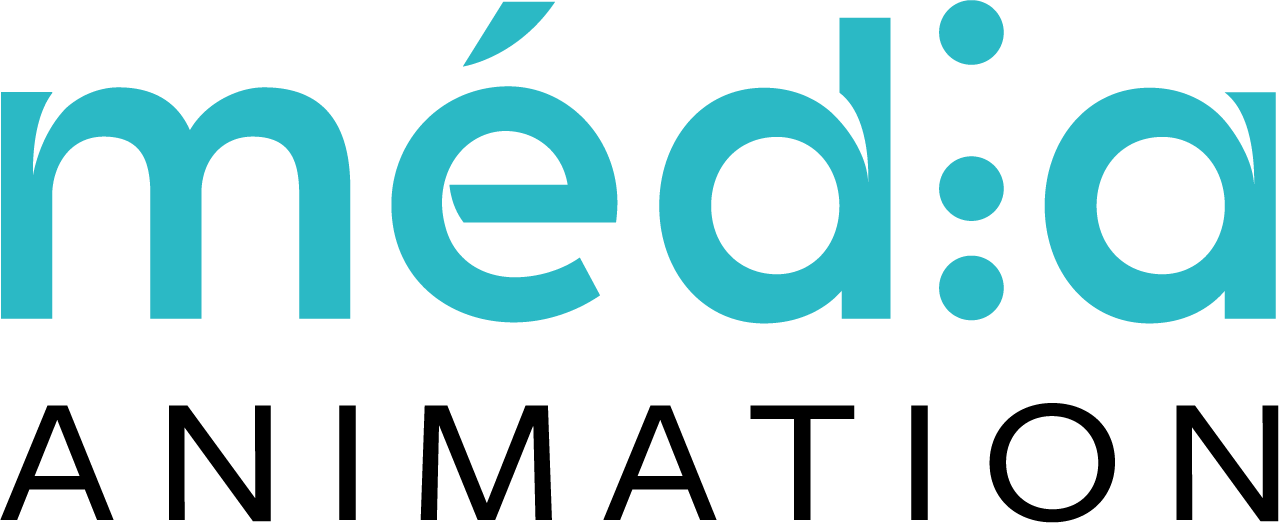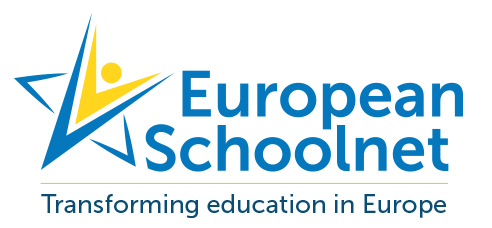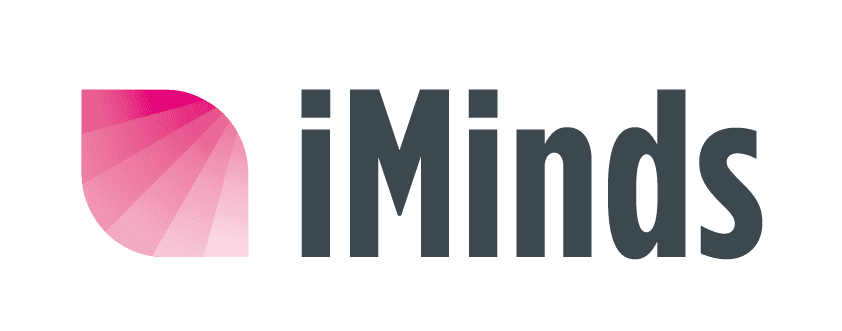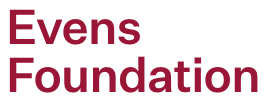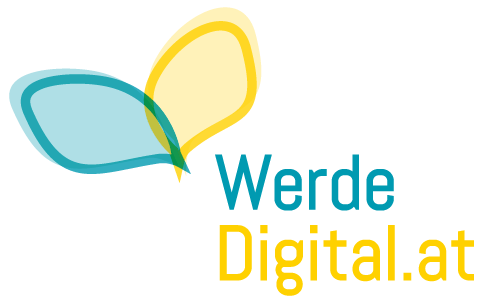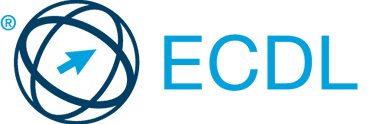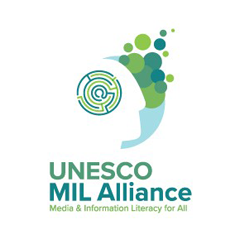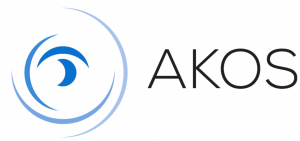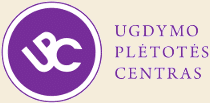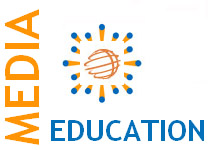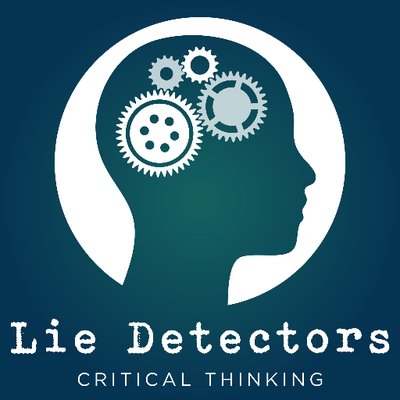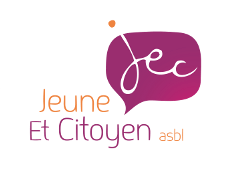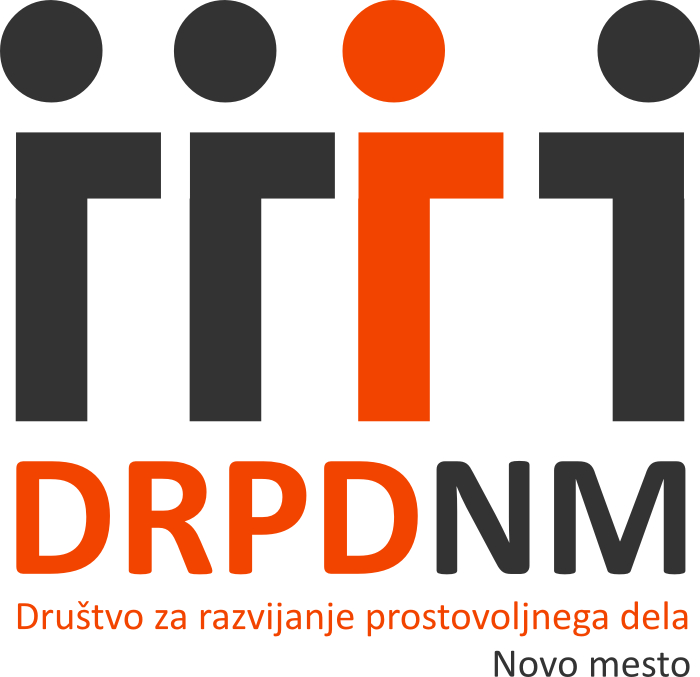The role of new media and the internet has been undeniably increasing day by day, especially now more than ever due to the ongoing pandemic. As their importance increases, they also affect the way we see the world through what we read, what we react to and interact with. Media literacy -the ability to access, share, critically evaluate, create and participate in the media- now has become a life skill for everyone so that we can navigate ourselves in this era.
At EAVI, we work on media literacy by raising awareness on the topic and promoting citizen engagement through various activities including providing freely available resources and collaborating with various organizations on the European level. As a part of our new initiatives, we launched the EAVI Test (prepared by Gülşen Güler and Okan Özkan).
With this test, we aim to answer crucial questions such as what is our perception of the digital age and how realistic is it? To what extent are we aware of the role and impact of the internet? We aspire to help everyone reflect on the role that new media and the internet play in their daily lives as well as in society. By raising awareness and arousing curiosity, we believe the EAVI Test is a step forward towards becoming a more media literate society.
We were inspired by the brilliant book called Factfulness written by Hans Rosling, Anna Rosling Rönnlund and Ola Rosling. In the book, they prepared a test to reveal people’s understanding of the world by using facts only. The results were striking as they found out the vast majority of the people (including policymakers and journalists) tend to have a very outdated and pessimistic view of the world.
Following this logic, we created the EAVI Test by only looking at the facts about topics related to digitalization, the internet and social media -ranging from gender inequality in internet use to data privacy. Away from tricks and (mis)leading scenarios, we created ten fact-based questions. We did not design the test for a specific target group. On the contrary, we aspired to engage with many people from all the groups, ages, education level etc. by using a non-technical language.
We launched the test on the 20th of July and received the initial results. The average score is 3.1 out of 10. Which means, an average person got seven questions wrong. So, what does this tell us? Surely, there is a lot to unpack here and think about the reasons behind as well as what can be done about it. We will do so by preparing a detailed report regarding the test results and related information in the upcoming months. We are also working on a dedicated web page to offer preliminary considerations. Nevertheless, it is fair to say the majority of what people think they know and what is actually happening seems to be different.
However, we did not have any desirable outcome while preparing the EAVI Test and there is no “pass” or “fail”. Moreover, our aim was never to dictate people they are oblivious, nor to “correct” the way they use new media and the internet. Rather, we want this test to be a tool to fire up curiosity, to start the conversation around media literacy and motivate people to become more aware, factful and mindful about the digital age. We encourage people to consider this test as a step (maybe the first one) on their media literacy journey which EAVI will be happy to accompany.
The test is only in English (for now). It is also free and can be used in non-commercial circumstances as long as the rights of EAVI, as the author of the test, are acknowledged.
We invite you to challenge yourself and others in your community to take the test and see how you will do by clicking here.
If you have any questions or remarks regarding the test, please send an e-mail to [email protected] and follow us on Twitter to keep in touch.
Written by Gülşen Güler
Gülşen is a data literacy consultant, working with a strong focus on data feminism and intersectionality. She has experience in the academic research of AI and digital inclusion, and she is also a trained social worker.
The role of new media and the internet has been undeniably increasing day by day, especially now more than ever due to the ongoing pandemic. As their importance increases, they also affect the way we see the world through what we read, what we react to and interact with. Media literacy -the ability to access, share, critically evaluate, create and participate in the media- now has become a life skill for everyone so that we can navigate ourselves in this era.
At EAVI, we work on media literacy by raising awareness on the topic and promoting citizen engagement through various activities including providing freely available resources and collaborating with various organizations on the European level. As a part of our new initiatives, we launched the EAVI Test (prepared by Gülşen Güler and Okan Özkan).
With this test, we aim to answer crucial questions such as what is our perception of the digital age and how realistic is it? To what extent are we aware of the role and impact of the internet? We aspire to help everyone reflect on the role that new media and the internet play in their daily lives as well as in society. By raising awareness and arousing curiosity, we believe the EAVI Test is a step forward towards becoming a more media literate society.
We were inspired by the brilliant book called Factfulness written by Hans Rosling, Anna Rosling Rönnlund and Ola Rosling. In the book, they prepared a test to reveal people’s understanding of the world by using facts only. The results were striking as they found out the vast majority of the people (including policymakers and journalists) tend to have a very outdated and pessimistic view of the world.
Following this logic, we created the EAVI Test by only looking at the facts about topics related to digitalization, the internet and social media -ranging from gender inequality in internet use to data privacy. Away from tricks and (mis)leading scenarios, we created ten fact-based questions. We did not design the test for a specific target group. On the contrary, we aspired to engage with many people from all the groups, ages, education level etc. by using a non-technical language.
We launched the test on the 20th of July and received the initial results. The average score is 3.1 out of 10. Which means, an average person got seven questions wrong. So, what does this tell us? Surely, there is a lot to unpack here and think about the reasons behind as well as what can be done about it. We will do so by preparing a detailed report regarding the test results and related information in the upcoming months. We are also working on a dedicated web page to offer preliminary considerations. Nevertheless, it is fair to say the majority of what people think they know and what is actually happening seems to be different.
However, we did not have any desirable outcome while preparing the EAVI Test and there is no “pass” or “fail”. Moreover, our aim was never to dictate people they are oblivious, nor to “correct” the way they use new media and the internet. Rather, we want this test to be a tool to fire up curiosity, to start the conversation around media literacy and motivate people to become more aware, factful and mindful about the digital age. We encourage people to consider this test as a step (maybe the first one) on their media literacy journey which EAVI will be happy to accompany.
The test is only in English (for now). It is also free and can be used in non-commercial circumstances as long as the rights of EAVI, as the author of the test, are acknowledged.
We invite you to challenge yourself and others in your community to take the test and see how you will do by clicking here.
If you have any questions or remarks regarding the test, please send an e-mail to [email protected] and follow us on Twitter to keep in touch.
Written by Gülşen Güler
Gülşen is a data literacy consultant, working with a strong focus on data feminism and intersectionality. She has experience in the academic research of AI and digital inclusion, and she is also a trained social worker.
The role of new media and the internet has been undeniably increasing day by day, especially now more than ever due to the ongoing pandemic. As their importance increases, they also affect the way we see the world through what we read, what we react to and interact with. Media literacy -the ability to access, share, critically evaluate, create and participate in the media- now has become a life skill for everyone so that we can navigate ourselves in this era.
At EAVI, we work on media literacy by raising awareness on the topic and promoting citizen engagement through various activities including providing freely available resources and collaborating with various organizations on the European level. As a part of our new initiatives, we launched the EAVI Test (prepared by Gülşen Güler and Okan Özkan).
With this test, we aim to answer crucial questions such as what is our perception of the digital age and how realistic is it? To what extent are we aware of the role and impact of the internet? We aspire to help everyone reflect on the role that new media and the internet play in their daily lives as well as in society. By raising awareness and arousing curiosity, we believe the EAVI Test is a step forward towards becoming a more media literate society.
We were inspired by the brilliant book called Factfulness written by Hans Rosling, Anna Rosling Rönnlund and Ola Rosling. In the book, they prepared a test to reveal people’s understanding of the world by using facts only. The results were striking as they found out the vast majority of the people (including policymakers and journalists) tend to have a very outdated and pessimistic view of the world.
Following this logic, we created the EAVI Test by only looking at the facts about topics related to digitalization, the internet and social media -ranging from gender inequality in internet use to data privacy. Away from tricks and (mis)leading scenarios, we created ten fact-based questions. We did not design the test for a specific target group. On the contrary, we aspired to engage with many people from all the groups, ages, education level etc. by using a non-technical language.
We launched the test on the 20th of July and received the initial results. The average score is 3.1 out of 10. Which means, an average person got seven questions wrong. So, what does this tell us? Surely, there is a lot to unpack here and think about the reasons behind as well as what can be done about it. We will do so by preparing a detailed report regarding the test results and related information in the upcoming months. We are also working on a dedicated web page to offer preliminary considerations. Nevertheless, it is fair to say the majority of what people think they know and what is actually happening seems to be different.
However, we did not have any desirable outcome while preparing the EAVI Test and there is no “pass” or “fail”. Moreover, our aim was never to dictate people they are oblivious, nor to “correct” the way they use new media and the internet. Rather, we want this test to be a tool to fire up curiosity, to start the conversation around media literacy and motivate people to become more aware, factful and mindful about the digital age. We encourage people to consider this test as a step (maybe the first one) on their media literacy journey which EAVI will be happy to accompany.
The test is only in English (for now). It is also free and can be used in non-commercial circumstances as long as the rights of EAVI, as the author of the test, are acknowledged.
We invite you to challenge yourself and others in your community to take the test and see how you will do by clicking here.
If you have any questions or remarks regarding the test, please send an e-mail to [email protected] and follow us on Twitter to keep in touch.
Written by Gülşen Güler
Gülşen is a data literacy consultant, working with a strong focus on data feminism and intersectionality. She has experience in the academic research of AI and digital inclusion, and she is also a trained social worker.
